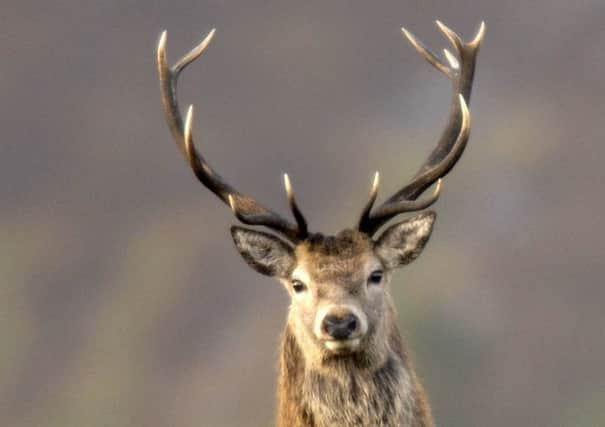Red Deer were introduced to Scots islands by man say experts


But academics have revealed that red deer populations in the Outer Hebrides and Orkney are not related to those found on the Scottish mainland, Ireland and Norway.
An analysis of modern and ancient DNA samples from a variety of locations has shed new light on how the largest land animal found in the UK came to live in its most remote areas.
Advertisement
Hide AdAdvertisement
Hide AdRed deer have lived on the mainland for at least 10,000 years, spreading across northern Europe around the time the last ice age ended.
It took a further 5,000 years before they reached Scotland’s islands, however.
Researchers believe island deer were first brought by stone age humans from as far away as central Europe, suggesting they were highly-prized assets and possibly used for bartering.
The findings were reported in the journal Proceedings of the Royal Society B.
“The results imply that Neolithic humans were transporting deer considerable distances some 4,500-5,500 years ago,” Dr David Stanton, of Cardiff University, who led the research.
“They were quite unexpected. There was indication that the animals had not reached the islands naturally - they are too far away from the mainland.
“The evidence suggests that we have misunderstood our relationship with this species.”
Dr Stanton and his team analysed DNA from deer bones found at a variety of archeological sites.
Advertisement
Hide AdAdvertisement
Hide Ad“Red deer were obviously very important to neolithic people,” he said. “They could make use of their meat, hides and antlers. Nothing would have been wasted.”
He believes that deer were brought from mainland Europe to Scottish islands regularly, and that current populations are not the result of a one-off transportation across the sea 5,000 years ago.
“The genetic evidence suggests large numbers of deer were being brought across water after travelling long distances,” he added.
The red deer population of the Outer Hebrides is the least managed in Scotland, with the animals essentially roaming free.
The population on Orkney has not survived.
Dr Stanton and his team now plan to undertake further DNA studies of the island deer in an attempt to better understand where in Europe they originated.
“There’s a lot we can still learn from them,” he said.
“The stories of animals are linked to how ancient civilisations lived day-to-day